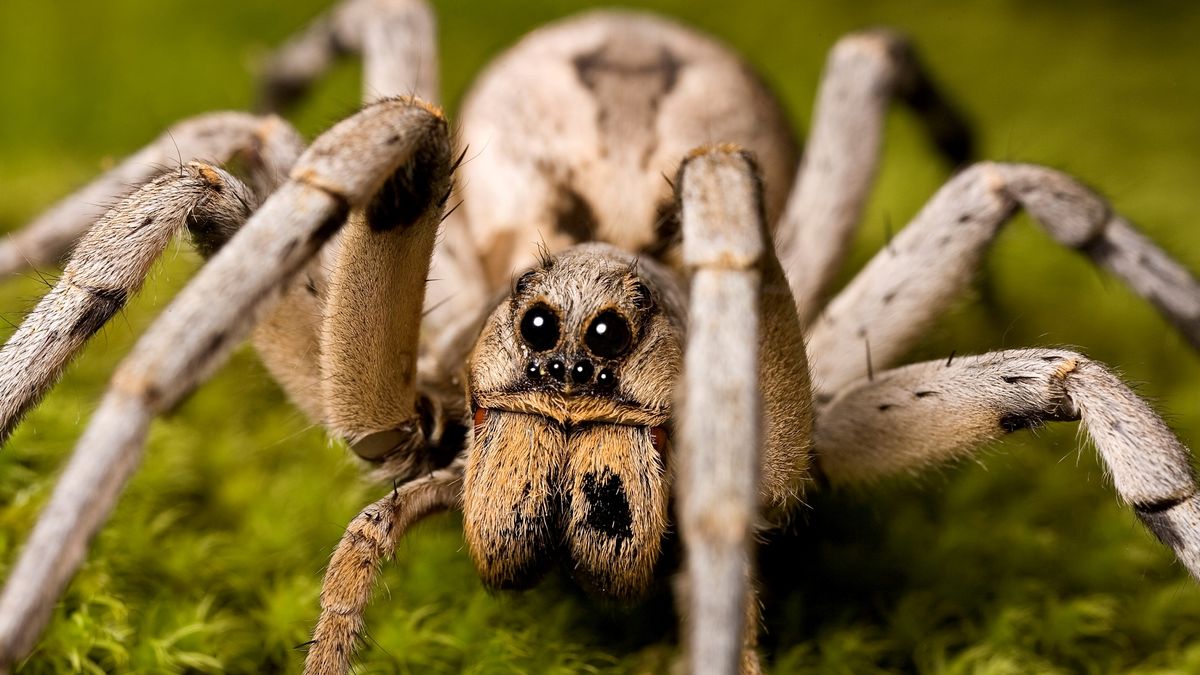When you think of spiders, you might picture creepy-crawlies lurking in dark corners. In Texas, brown spiders are a common sight, yet many people don’t realize just how often they encounter these eight-legged creatures. This article explores why brown spiders are so prevalent in Texas, what makes them unique, and what you should know about living alongside them.
Understanding Brown Spiders
Brown spiders are a group of arachnids known for their various shades of brown. They often blend into their surroundings, making them less noticeable. In Texas, the term “brown spider” can refer to several different species, each with its own traits and habits. Some of the most common brown spiders include the Brown Recluse, the Brown Widow, and the Wolf Spider.
The Brown Recluse Spider
One of the most talked-about brown spiders in Texas is the Brown Recluse. This spider is famous for its violin-shaped marking on its back and its shy nature. Brown Recluses prefer to stay hidden, often in dark, undisturbed areas like closets, basements, or wood piles. They are more common in Texas due to the warm climate and abundance of hiding spots. Despite their fearsome reputation, Brown Recluses are not aggressive and will only bite in self-defense. You Can Also Read This Texas Holey Rock: What It Is and Why You Need It
The Brown Widow Spider
Another brown spider commonly found in Texas is the Brown Widow. This spider is closely related to the Black Widow but is less dangerous. The Brown Widow has a similar hourglass marking on its abdomen but in a lighter color. It is known for its web-building skills and can often be found in outdoor areas like gardens or around the foundation of houses. Brown Widows thrive in Texas’s warm climate, making them a frequent guest in many homes.
The Wolf Spider
The Wolf Spider is another brown spider that you might encounter in Texas. Unlike the Brown Recluse and the Brown Widow, Wolf Spiders are hunters. They don’t build webs to catch prey but instead roam around in search of food. They are usually seen in the evenings when they are most active. Wolf Spiders are generally harmless to humans, though their large size and quick movements can be startling.
Why Are Brown Spiders So Common in Texas?
Several factors contribute to the high number of brown spiders in Texas.
1. Warm Climate
Texas’s warm climate provides an ideal environment for brown spiders. These spiders thrive in temperatures that range from mild to hot, which is common in the state. The warm weather allows spiders to remain active throughout the year, unlike in colder climates where they might hibernate during winter.
2. Abundant Shelter
Brown spiders need places to hide and lay their eggs. Texas’s diverse landscape offers plenty of hiding spots, from dense vegetation in gardens to cluttered areas in homes. Wood piles, garden sheds, and even piles of leaves are perfect for these spiders to find shelter and establish their nests.
3. Food Sources
The abundance of insects in Texas provides a steady food supply for brown spiders. Insects are a primary food source for many spiders, and the diverse range of insects in Texas ensures that spiders have plenty to eat. This constant availability of food supports a larger spider population.
4. Minimal Natural Predators
In Texas, the natural predators of spiders, such as birds or larger insects, might not be as prevalent. This allows spider populations to grow without as much risk of being preyed upon.
How to Handle Brown Spiders
Living alongside brown spiders in Texas doesn’t have to be a cause for concern. Here are some tips for managing their presence and minimizing the risk of encounters:
1. Keep Your Home Clean
Regular cleaning can help reduce the number of brown spiders in your home. Vacuuming frequently, especially in corners and under furniture, can remove spiders, their webs, and their eggs. Keeping your home clutter-free also reduces potential hiding spots.
2. Seal Entry Points
Brown spiders often enter homes through small cracks and gaps. By sealing these entry points, you can make it harder for spiders to get inside. Check around windows, doors, and the foundation of your home for any openings and seal them with caulk or weather stripping.
3. Reduce Outdoor Clutter
If you have wood piles, garden debris, or other clutter around your home, consider organizing or removing them. These areas can attract spiders and provide them with a place to hide. Keeping your yard tidy can help reduce the likelihood of spiders coming close to your home.
4. Use Spider Repellents
Natural spider repellents, like essential oils or vinegar, can be used to deter spiders from entering your home. Spraying these solutions around entry points or in areas where spiders are commonly seen can help keep them at bay.
5. Seek Professional Help
If you have a serious spider infestation or are concerned about specific types of brown spiders, consider consulting a pest control professional. They can identify the type of spider and recommend appropriate treatments to manage or remove them.
Conclusion
Brown spiders are more common in Texas than many people realize, thanks to the state’s warm climate, abundant shelter, and ample food sources. While encountering these spiders might be unsettling, understanding their habits and taking preventive measures can help you coexist peacefully. By keeping your home clean, sealing entry points, and managing outdoor clutter, you can reduce the likelihood of unwanted spider visits.
So, next time you spot a brown spider in Texas, remember that they are just another part of the local ecosystem. With a bit of knowledge and some simple precautions, you can live comfortably alongside these fascinating arachnids.





